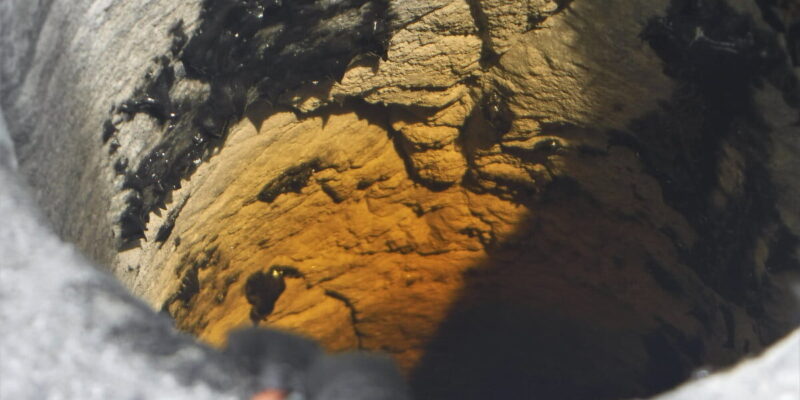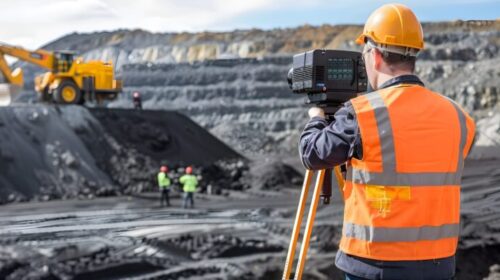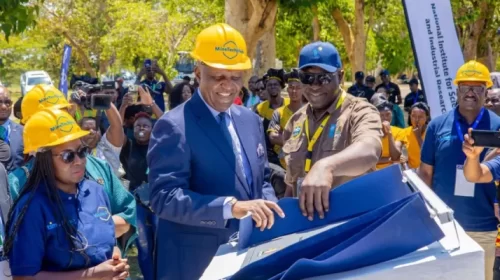BME develops products enabling safer blasting in reactive ground
Sulfide-bearing ground presents numerous risks to users of ammonium nitrate (AN) based explosives. As a result, BME, part of the JSE-listed Omnia Group, has developed both the products and systems to manage safer blasting under these conditions.
“We have evolved our emulsion explosives and our testing methodology to deal with the risks posed by reactive ground,” said Dr Rakhi Pathak, BME’s Senior Product Manager. “This has allowed us to routinely conduct blasting safely under these conditions at various customer sites.”
Dr Pathak noted that the exothermic reaction between AN and sulfides can lead to premature detonation of the explosive or can at least undermine its performance. The occurrence of reactive ground is more common than realised, so effective management of reactive ground is critical, she said. Occurring in sulfide-bearing rock in iron ore and copper deposits among other minerals, it can also be difficult to identify – often occurring only in pockets around a mine site. The risk can be aggravated by conditions of acidity and rock weathering.
Among the indicators of sulfide-bearing rock are white and yellow salt staining on exposed rock and faces, or water vapour being emitting from blast holes, according to D Scott Scovira, BME’s Global Manager for Blasting Science. There could also be spontaneous combustion observed in ore stockpiles, or the presence of sulfide dioxide gas – as well as acidic water conditions and evidence of corrosion on the site.
BME has developed a specialised emulsion explosive formulation for reactive ground – INNOVEXTM RG – that has been successfully used in South African and Zambian mines. The product contains additives to inhibit exothermic reactions in ground containing sulfides and/or other reactive materials.
The challenge for mines, said Dr Pathak, is that they seldom have the equipment or experience to identify and test for reactive ground – and this is where the company’s service has evolved significantly in recent years.
“We are geared up with relevant on-site scientific tools and facilities to screen and test the rock, make the necessary findings on the type of ground being blasted, and recommend the right product,” she added. “This includes the use of hand-held XRF metal analysers for screening and initial analysis, as well as providing the required testing facilities to quickly and cost-effectively generate results that can guide the correct selection of explosives.”
Importantly, testing at BME’s R&D laboratory at Losberg, Gauteng is conducted on the rock’s interaction with various emulsion explosives to industry standard and in-house protocols. This allows BME to simulate mine-site conditions in the laboratory, testing the level of exothermic reaction before specifying the most suitable emulsion mix. The company also has laboratory facilities in Zambia.
Scovira highlighted that the right blast management practices must be in place to ensure safer blasting in reactive ground conditions, with attention to four key critical controls. The first is site-specific risk assessment to identify conditions and define controls for blasting in reactive ground. Secondly, the mine must define site-specific blasting procedures, detailing the operational steps and controls for blasting in reactive ground.
“Special attention should be paid to measuring and demarcating hole temperatures on the bench in the process of loading,” he said.
The third key control is an operations audit that will ensure conformance to the specified procedures, so that any gaps can be identified and closed. Lastly, personnel training must make blasting operations staff and supervisors aware of the risks associated with blasting reactive ground and drive home the importance of conforming to the procedures and controls in pursuit of zero harm.
![]()





